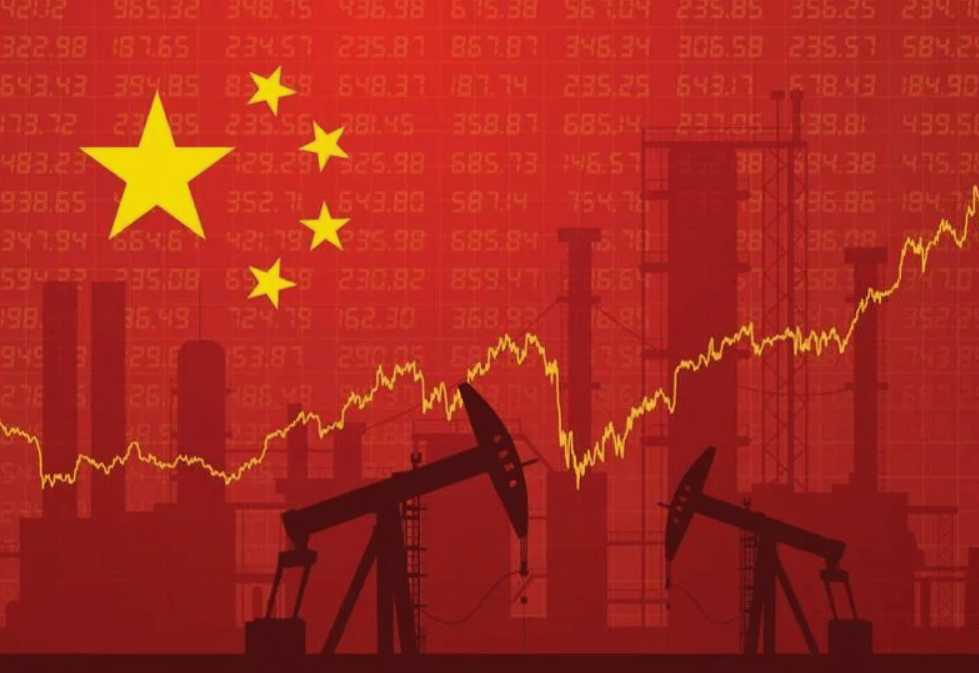Oil prices edged higher on Monday amid a cautiously optimistic outlook for global trade, after both U.S. and Chinese officials reported meaningful progress in weekend negotiations. The tone of cooperation between the world’s two largest oil consumers helped bolster market sentiment, calming fears of a prolonged demand slump fueled by geopolitical and tariff-related uncertainties.
Brent crude futures rose by 27 cents, or 0.4%, to $64.18 per barrel, while U.S. West Texas Intermediate (WTI) gained 28 cents, or 0.5%, to $61.30. The modest rally followed a sharp end-of-week surge, with both benchmarks climbing more than $1 on Friday and registering over 4% gains across the previous week — the first weekly increase since mid-April.
This price movement reflects shifting expectations: not only are recession fears easing, but there is also growing confidence that global economic growth — and, by extension, oil demand — may remain intact if trade friction continues to soften.
Energy Markets Respond to Diplomatic Thaw
Market participants have recalibrated their expectations in light of recent diplomatic language suggesting progress on multiple fronts. The crude oil complex, highly sensitive to demand-side disruptions, has been quick to price in the potential macroeconomic upside.
U.S.–China trade dialogue renewed with a tone of cooperation, alleviating fears of further demand erosion.
Weekly oil prices rebounded, signaling a shift in market psychology toward optimism.
Brent and WTI benchmarks reflect improved investor confidence following several weeks of downward pressure.
Risk appetite increased, with broader market indicators pointing toward stronger belief in global economic resilience.
Supply disruption fears remain muted, enabling demand-side sentiment to take the lead in shaping prices.
Key Elements Fueling the Upturn in Crude Prices
Trade progress between U.S. and China: The most consequential factor underpinning the rally, a constructive shift in tone suggests potential resolution or de-escalation of the trade dispute, which has weighed on oil markets for over a year.
Macro sentiment stabilizes: The oil market tends to track broader risk appetite closely, and easing trade friction helped fuel a broader asset class recovery.
Market technicals turn supportive: Having hit key support levels in recent weeks, both Brent and WTI were poised for a bounce once sentiment shifted.
Positive demand signals: With fewer signs of immediate recession and potential trade recovery on the table, oil consumption forecasts may improve heading into the next quarter.
No new supply shocks: The absence of fresh disruptions — whether from OPEC+ dynamics, U.S. shale production surges, or geopolitical flashpoints — allowed markets to focus on demand optimism.
Structural Trends to Monitor Going Forward
Clarity on U.S.–China Tariff Policy While progress has been reported, definitive agreements or rollback schedules on tariffs will likely be necessary to sustain oil price gains.
OPEC+ Strategy Updates Any signals from Saudi Arabia, Russia, or other key producers regarding production cuts or quotas will have near-immediate impacts on crude benchmarks.
Global Demand Revisions Should institutions like the IEA or EIA revise their global consumption forecasts upward, crude markets may find further upside momentum.
U.S. Inventory Reports Weekly U.S. Energy Information Administration (EIA) data will continue to offer real-time insight into supply-demand balance and domestic consumption strength.
Currency Movements and Dollar Strength As oil is priced in dollars, any notable appreciation in the USD could temper the pace of price increases, particularly in emerging markets.
Steady Ground or a Temporary Spike?
While the rise in oil prices reflects tangible changes in sentiment, the underlying conditions remain fragile. Markets are reacting more to tone than to substance; without concrete agreements or structural changes to trade policy, the rally may prove transitory. Nonetheless, the shift from fear to cautious optimism represents a notable turning point after weeks of bearish momentum.
The coming days will be crucial in determining whether this momentum can be sustained — hinging largely on further details from trade negotiators and the potential confirmation of economic resilience through upcoming macroeconomic indicators.








Strategic investments like this are likely to reshape the competitive landscape for years to come